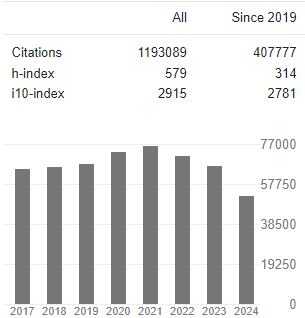Psychomotor dysfunction in Rasopathies
Abstract
Ramachandran Muthiah
High concentrations of heavy metals (Cadmium, Arsenic, Chromium, Lead, Mercury, Copper, Cobalt, Zinc, Nickel, and Selenium) in soil are threat to the ecosystem, human health, food safety, animal health. Heavy metal contaminants are increasing rapidly due to industrialization especially automobile industry. Previously, various techniques were developed and improved over time like encapsulation, surface capping, landfilling, soil washing, soil flushing, electro kinetic extraction, solidification, stabilization, phytoremediation, and bioremediation. These techniques minimize the contaminants by utilizing immobilization, containment and removal mechanisms. Bioremediation is a promising technique that utilizes the capability of plants and microbial resources for decontamination of ecosystem from heavy metal contaminants. Microbes have shown capability to utilize heavy metal remediation and assist plant tolerance for heavy metal accumulation. Earlier published studies have not yet completely evaluated proficiencies to large scale however, in the present review, critical analysis of reported techniques focusing on the bioremediation have been discussed. In depth analysis for the heavy metal remediation is of paramount importance of heavy metal contaminant emerging issue of soil pollution.





